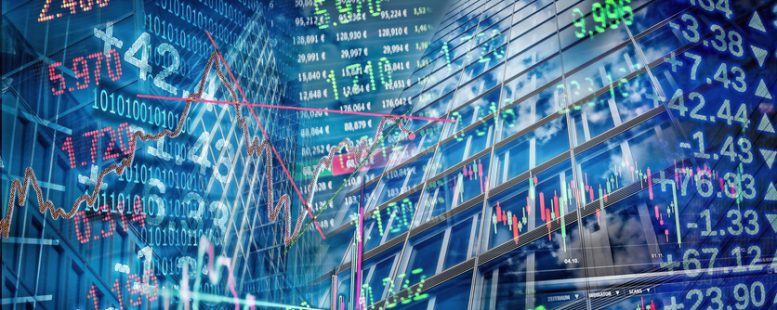Our Opinion: 2020
World’s debt balloons

Covid-19 is being allowed to let rip in the public finances. The Institute for Fiscal Studies says that the UK budget deficit is on course to hit £350bn in the current financial year, equivalent to 17% of GDP. Total UK government debt has already surpassed £2trn for the first time.
America’s federal deficit hit a record $3.1trn for the recently concluded 2020 fiscal year, according to data from the Congressional Budget Office, with spending between April and September almost double the figure for the same period in 2019.
The new wisdom is that fiscal support was withdrawn too quickly after the financial crisis and spiralling debt no longer matters. True, bond markets are relaxed. The government can borrow at a negative rate of interest right out to six year maturities. But that is because of a mixture of financial repression – pension funds and insurers are legally required to purchase a certain amount of government debt – and the fact that the Bank of England is buying up the debt almost as fast as it can be issued. Yet debt is debt and whether through inflation, austerity or default, eventually it has to be paid for.
The debt surge is a global phenomenon. In June, the IMF forecast that average global public debt would hit 103% of GDP in 2021, up from 83% last year. For advanced economies, that figure rises to 132% of GDP by 2021. Yet quantitative easing has soaked up much of the new issuance. Since January central banks in America, Britain, Japan and the euro area have created new money worth $3.8trn.
In recent years investors have learnt that whatever happens in the real economy, it is central bank liquidity injections that really drive markets. Many people are perplexed by this year’s stock-market run, but it reflects the established market wisdom that bad news is good news. At the first sign of serious market stress, central banks ride to the rescue with more help. Yet with monetary support hitting its limits the new focus is on fiscal policy.
Investors are already positioning for a post-election surge in US spending. That could finally move the focus away from tech stocks and towards cyclicals such as financial and industrial stocks, which are more sensitive to general economic conditions. Indeed, US and global industrials have begun to outperform their broader markets in recent months, historically a sign of the start of a new business cycle. Smaller and medium-sized businesses are also starting to perk up. There are signs that a broader rally is afoot.
26th October 2020
